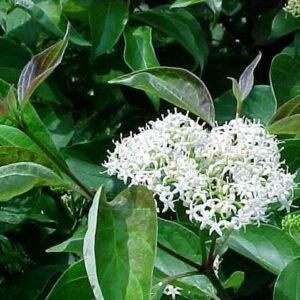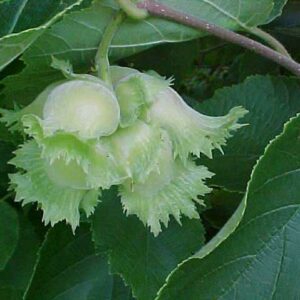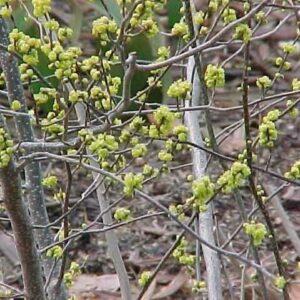Description
Type: Deciduous shrub
Family: Cornaceae
Height:6-12 feet
Spread: 6-12 feet
Native Range: Eastern North America, scattered but nearly statewide
Ideal Site Requirements:
Soil: average, well drained
Water: medium to wet
Sunlight needs: full sun to almost full shade
Tolerates: erosion, wet soil
Landscape use: Hedges, rain garden, erosion control, moist naturalized areas
Brief Description: Medium-sized shrub, typically found in lowland areas, twigs and leaf undersides have silky hair. Tiny, white flowers give way to berry like drupes that are blue when ripe. Twigs purple-brown in spring.
Wildlife Benefits: Birds are attracted to the fruit,
Possible Problems: No serious insect or disease problems. Plants are susceptible to scale. Additional insect pests include borers and leaf miner. Infrequent disease problems include leaf spot, crown canker, blights, root rot and powdery mildew.
Stand out Features: Somewhat wild and unkempt appearance, thicket forming.
Read more here.
Additional information
| Common Name | swamp dogwood |
|---|---|
| Scientific Name | Cornus amomum |
| Native Range | Eastern and central North America |
| Zone | 4 to 8 |
| Height | 6.00 to 12.00 feet |
| Spread | 4.00 to 10.00 feet |
| Bloom Time | May to June |
| Bloom Description | Yellowish-white |
| Sun | Full sun to part shade |
| Water | Medium to wet |
| Maintenance | Medium |
| Flower | Showy |
| Attracts | Birds |
| Fruit | Showy |





